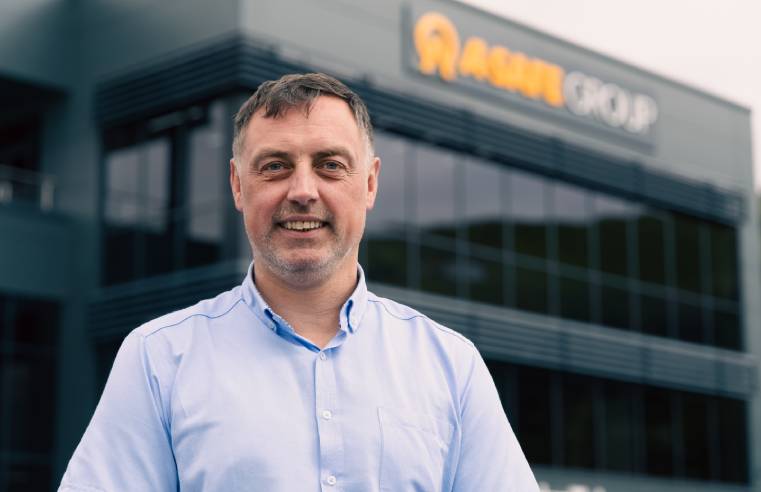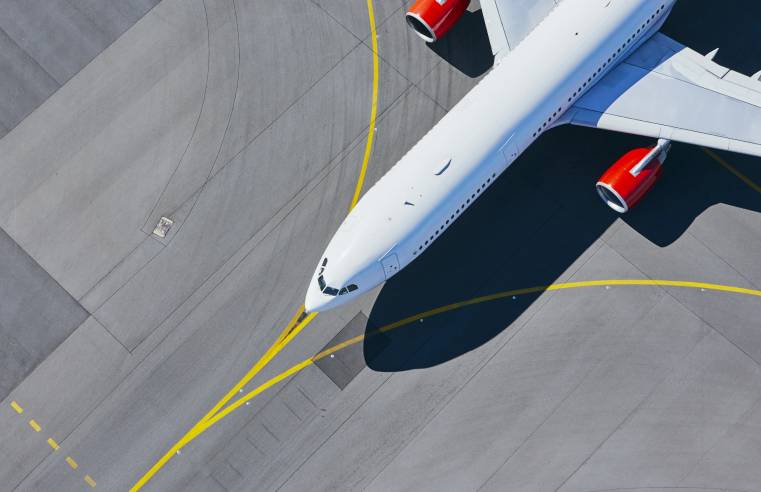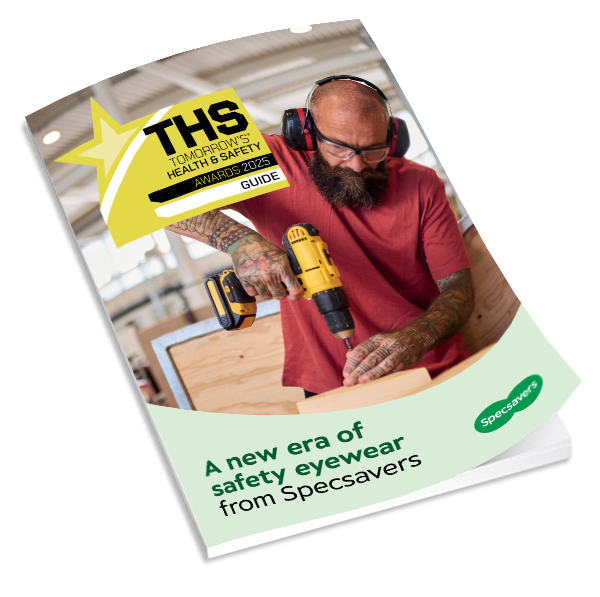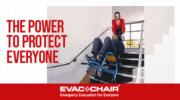Falls from height continue to be the largest cause of workplace fatalities in the UK. The latest figures show 29 workers were killed as a result of falling from height in 2021/22. Under the Working at Height regulations, it is the duty of those in control to do all that is possible to ensure the safety of those working at height.
Fall protection solutions play a key role and we talk to Ben Haughton, Technical Director at Arco Professional Safety Services, about the latest standards and what building owners and managers need to be aware of.
Q. What are the key elements of a fall protection system?
A: High-level access solutions and anchor systems are designed to facilitate the safe and efficient working environment for roof maintenance and other tasks that are performed at high level or where there is exposure to a fall. A fall protection system incorporates several key elements, principally the anchorage whose design and application is influenced by a number of variables which depend on the risk and the situation and, as always, should only be necessary once all other methods of safe working from ground level have been considered.
Q. What processes are necessary when designing and installing a fall protection anchor system?
A: The designer must have a very good understanding of the requirements for working at height and the tasks that are required to be carried out when using the anchor system, they must also have a good knowledge of building fabric and engineering principles. Buildings range from the modern to the ancient and, where knowledge is limited, it is important that the designer has a network of supporting specialists from whom to seek advice.
Once a system has been designed and installed, it needs to be commissioned and certified. The installation and commissioning process for fall protection systems has largely been based on self-certification. The same goes for ongoing inspection and maintenance. In the past, a lot has been left to the interpretation of standards and as such there is always a risk of the system failing to protect workers properly and for badly maintained and faulty equipment to be in use. Without an appropriate design and inspection regime, the shortcomings of a system may only be realised when it is called upon to do its job, in the case of a fall arrest system, the outcome could be serious injury or death.
Q. Is there a standard that needs to be met to ensure ongoing safety?
A: BS 7883 has been in existence since 1997 and was revised in 2005, amended in 2007 and recently revised again in 2019. The BSI (British Standards Institute) PH5 committee, made up of expert representatives from across the industry, was set up to look at the existing standard and address some industry concerns. This most recent update takes into account the advances in fall protection systems and technology and provides a more prescriptive approach than the original versions, putting a greater emphasis on what must be done, as opposed to what should be done. The revised standard incorporates all commonly used types of anchor devices and provides prescriptive guidance on design, installation and inspection.
Q. Could you tell us more about the revised standard and what it means?
A: For the designer, specifier or installer of fall protection systems, there has always been a requirement to provide evidence of the design process. In the revised standard there is additional guidance on best practice to ensure all elements of a safe system have been considered and are documented. The designer must provide a system technical file that contains a minimum amount of information, and this file should be made available for reference at every inspection. This is particularly important as inspections are often carried out by third parties, who may have no prior knowledge of the original system design. The file could include photographs taken at the time of installation and other details that may not be immediately obvious on initial inspection, this is of particular importance where hidden elements comprise parts of the anchor system.
Q. Once a system is in place, what are the main requirements for maintaining safety?
A: Following initial installation, the anchor system must be inspected and tested at least annually (six-monthly where Lifting Operations and Lifting Equipment Regulations 1998(LOLER) applies) by a competent and qualified person to ensure it is in a safe working condition and carries the supporting formal certification. It is the duty holder’s responsibility to manage the anchor system and to ensure that it remains certified. If the certification does expire, or the system is failed at inspection, it is the duty holder’s responsibility to ensure that no one is allowed to use the system(s), in the case of a fail, this may require the anchor to be physically put out of service so that it cannot be used. The revised standard recognises that if it were applied to many existing anchor systems, most would simply fail if the outcomes were binary pass/fail, for instance the lack of supporting design information/technical file. So, in order to help with the transition from past to present, two other inspection outcomes are available: Conditional Pass & Conditional Fail.
- Conditional Pass – does not represent an immediate safety concern and the anchor system can be put into service provided a report is issued to the duty holder detailing the remedial actions required to bring the system into line with the current standard and a timeframe within which this should be completed.
- Conditional Fail – represents an immediate safety concern but one which can be remediated. The system must be immediately taken out of service (ideally physically preventing its use) and a report issued to the duty holder detailing the remedial actions required before a re-inspection is carried out and it can be returned to service.
Q. This standard isn’t regulation but what are the consequences of not adhering to it?
A: This is a standard and not a regulation and therefore there is no legal duty to comply with it. However, if an accident were to occur that involved the failure of a fall protection anchor system and the alternative design, installation and inspection process was found not to be suitable or sufficient, the designer, installer, duty holder or inspector could be found to be negligent in discharging their responsibilities under the Health & Safety at Work Act etc. and would most likely face prosecution under this and it’s aligned statutory instruments i.e. the Work At Height Regulations.
Q. Where can I go for further help and advice?
A: The design, installation and inspection of anchor systems is a complex matter and providing the right access solution may require a range of different anchor systems. The consequence of an anchor system failure could lead to serious injury or even death, so it is essential that developers, architects, constructors and duty holders seek the advice of service providers that are suitably qualified and have necessary experience of the design or installation that they are undertaking. Whilst not a legal requirement, commissioning of systems by a suitably qualified third-party provider can provide independent assurance that the anchor system has been designed and installed correctly.
Arco Professional Safety Services can provide expert assistance from initial concept design to installation, commissioning and periodic inspection. For further information: https://www.arcoservices.co.uk/services/fall-protection






















